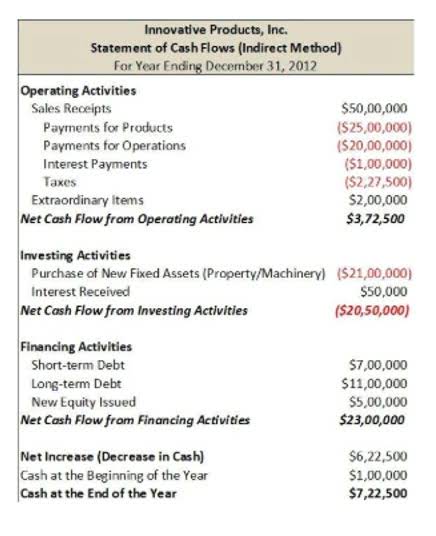
LIFO (“Last-In, First-Out”) means that the cost of a company’s most recent inventory is used instead. Let’s take the example of Kendo Electronics, they have been operating for a year now and these are the inventory costs. Entering this data successfully will allow you to figure out the FIFO and LIFO values. As you may have noticed above, with the FIFO method, the ending inventory value will mainly depend on the price change of the units bought over time.

See profit at a glance
- Although the ABC Company example above is fairly straightforward, the subject of inventory and whether to use LIFO, FIFO, or average cost can be complex.
- When it comes to the FIFO, Mike needs to utilize the older selling price of acquiring his inventory and work ahead from there.
- The rate of inflation impacts the size of the tax differential created by FIFO and LIFO.
- This article will cover how to determine ending inventory by LIFO after selling in contrast to the FIFO method, which you can discover in Omni’s FIFO calculator.
- Inventory costing remains a critical component in managing a business’ finances.
- We will calculate the cost of goods sold using both the FIFO and LIFO methods.
You can also access both of them by setting “no” in the Is the fifo and lifo calculator value of COGS known? Accountants use “inventoriable costs” to define all expenses required to obtain inventory and prepare the items for sale. For retailers and wholesalers, the largest inventoriable cost is the purchase cost.
What Is An Inventory?

No, the LIFO inventory method is not permitted under International Financial Reporting Standards (IFRS). Both the LIFO and FIFO methods are permitted how is sales tax calculated under Generally Accepted Accounting Principles (GAAP). In contrast, using the FIFO method, the $100 widgets are sold first, followed by the $200 widgets. So, the cost of the widgets sold will be recorded as $900, or five at $100 and two at $200. The direct production costs of the goods you create and sell out of the materials from the inventory. You should also know that Generally Accepted Accounting Principles (GAAP) allow businesses to use FIFO or LIFO methods.

How to use LIFO for costs of goods sold calculation
Keep up with Michelle’s CPA career — and ultramarathoning endeavors — on LinkedIn. FIFO and LIFO are helpful tools for calculating the value of your business’s inventory and Cost of Goods Sold. FIFO assumes that your oldest goods are sold first, while LIFO assumes that your newest goods are sold first. Let’s say on January 1st of the new year, Lee wants to calculate the cost of goods sold in the previous year. If you are planning to decrease your tax liability then it is recommended to use the LIFO method. Gas, oil companies, car dealerships and retailers use the LIFO method often.

- In this case, the remaining inventory (ending inventory) value will include only the products that the company produced later.
- You can also access both of them by setting “no” in the Is the value of COGS known?
- By offsetting sales income with their highest purchase prices, they produce less taxable income on paper.
- In short, any industry that experiences rising costs can benefit from using this accounting method.
Before diving into the inventory valuation methods, you first need to review the inventory formula. The components of the formula are used to calculate FIFO and LIFO accounting values. FIFO and LIFO also have different impacts on inventory value and financial statements. Under FIFO, older (and therefore usually cheaper) goods are sold first, leading to a lower average cost of goods sold. In contrast, LIFO results in higher COGS and lower reported gross income.

Under FIFO, the purchase price of the goods begins with the price of the earliest goods purchased. If you sold more than that batch, you repeat the formula with the next earliest batch. Calculate the COGs of 15 units through the LIFO method for a company whose inventory data for the last three months is as follows. This method always ensures that customers get the freshest stock possible. Accurate COGS calculations are not just about compliance with accounting standards; they serve as an essential tool for pricing strategies, identifying potential savings, and maintaining healthy margins.
